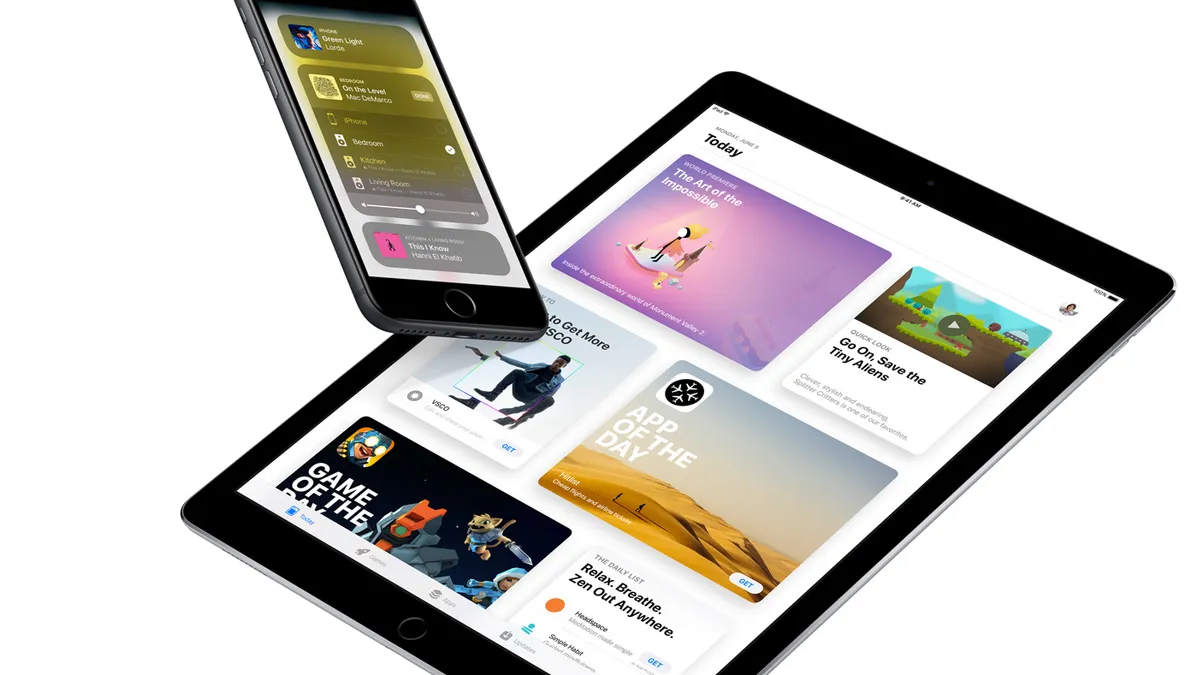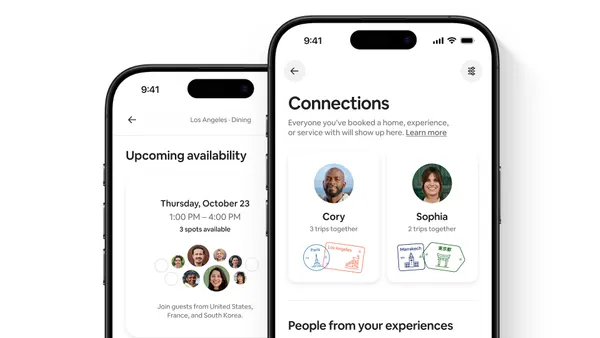Update: Tatango reported on April 5, 2018, that the bug associated with dollar signs in text messages disabling hyperlinks has been fixed in the latest iOS update 11.3. However, the issue persists with previous versions, meaning marketers should still avoid this content in their messages.
Brief:
-
Apple’s latest version of its mobile operating system, iOS 11.2, has a bug that disables hyperlinks in text messages that use the dollar sign (“$”). That means any text-messaging campaign that tries to drive a direct response will not be clickable, as Derek Johnson, founder and CEO of message-marketing firm Tatango, demonstrated in a vlog.
-
Baskin-Robbins, Houlihan’s and Subway are among the brands that have been impacted, Johnson said in an email interview with Mobile Marketer. In some cases, even workarounds like using the word “dollar” in place the of the “$” symbol doesn't work, according to Tatango, which submitted a bug report to Apple two weeks ago, and received no response, Johnson said. Emails to Apple’s media relations group weren’t answered as of press time.
-
"Most brands we've spoken to so far have been unaware of this issue, which has resulted in significant loss in revenue from their text message marketing initiatives during the last two weeks, as their customers have been unable to click on the hyperlinks in their messages," Johnson said via email.
Insight:
Mobile marketers who thought they’d be seeing dollar signs from their text-messaging campaigns this holiday season may be discovering that the dollar sign is actually their worst nemesis. The “$” symbol bug is a potentially big liability for any text-messaging campaign that includes common offers like “$10 off your next purchase of $50 or more,” for example.
The bug means that the links in some direct-response campaigns sent to iOS users are rendered useless, which is likely to impact marketers' revenue. Approximately 35% of U.S. smartphone users have an iPhone and 30% have updated to iOS 11, per Tatango. Android has 63% of the U.S. smartphone market, according to Kantar Wordpanel.
"As you can imagine, this is causing major issues for brands using text message marketing, as many of their messages are promotional in nature, like 'Save $5 when you spend $20.' The timing is not good either, as many brands are sending more text messages than normal, due to the holidays," said Johnson.
Tatango, which works with brands on their mobile messaging marketing efforts, is advising its clients to avoid mentioning dollar amounts in their text messages until Apple resolves this bug.
It’s not clear if the restriction on the “$” symbol is an intentional move by Apple to restrict messages that include links to payment information. For example, a merchant could send a message that instructs a customer to make a payment by clicking on a link to PayPal. That kind of transaction doesn’t put any money into Apple’s pocket. The tech giant has its own mobile payment platform, Apple Pay.
SMS messaging remains a crucial tool for mobile marketers even as newer messaging technologies like chatbots and messaging apps have gained traction, in part because the older technology reaches a wide swath of consumers, even those without smartphones. One visible trend for SMS is how marketers are using it to support mobile ordering initiatives. Peapod and Walmart both recently introduced new text ordering programs.
As long as businesses respect the opt-in preferences of customers and comply with the Telephone Consumer Protection Act, messaging is a highly effective marketing tool. People open and read 98% of all text messages they receive, compared with a 20% open rate for emails, according to data compiled by RetailNext.














